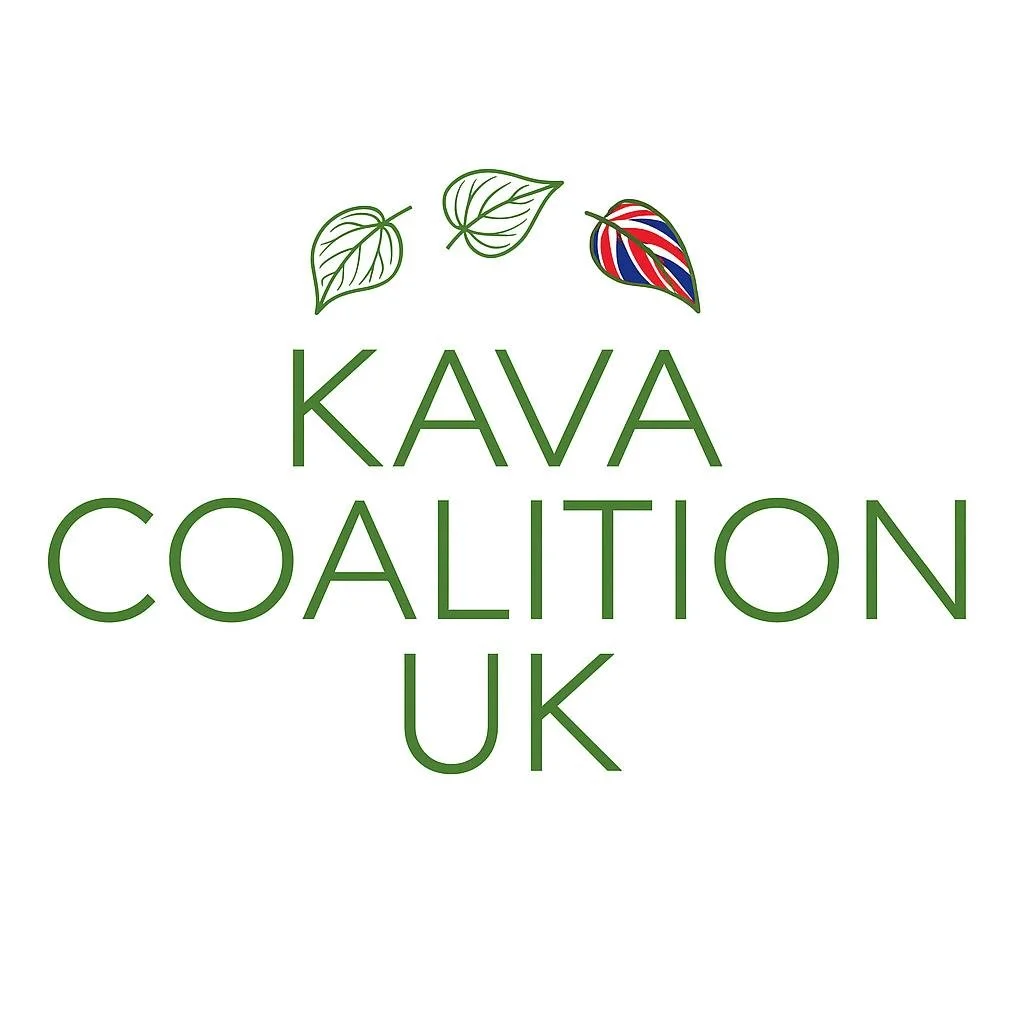Cultivar Series: Palarasul (Vanuatu)
Palarasul is a rare and exceptional kava cultivar grown on the island of Santo in Vanuatu, particularly in the Center and South Santo regions. Locally known as "Bir Sul," or "Yellow kava," it stands out for its distinctive yellow leaves, which make the plant easily recognizable amidst other kava varieties. Although it’s highly prized on the local market, it remains relatively scarce on the international stage, with most farmers cultivating only a few plants for special occasions and traditional ceremonies.
This cultivar is renowned for its supreme quality rather than sheer volume. When properly prepared it yields a light-colored powder and beverage with a mild aroma that surprises many kava drinkers. Unlike the more familiar pungent and piney scent of Vanuatu kavas, Palarasul exudes a gentle, slightly bready and creamy aroma with just a hint of earthy undertones. Its flavor follows suit: smooth, easy to drink, with subtle earthy and peppery notes that make it highly palatable.
The experience of drinking Palarasul is as remarkable as its scent and taste suggest, as its effects are surprisingly strong and well-balanced. Even after just one shell, it delivers a warm, dreamy feeling accompanied by a contented headiness and a loose, swirling sensation behind the eyes. While not overly physically heavy, Palarasul offers a deeply relaxing experience that impresses even seasoned drinkers. Locally, it’s regarded as one of the strongest kavas in Vanuatu.
The chemotype of the Palarasul kava cultivar is most commonly reported as 423156. This chemotype indicates a kavalactone profile dominated by kavain and dihydrokavain, contributing to its characteristic heady and relaxing effects
Interestingly, while its chemotype and kavalactone percentages may appear average on paper, the combination of factors - its fresh, peeled preparation, rapid harvest-to-consumption cycle, and the mystery of kava itself - produces an experience that far exceeds expectations. For those lucky enough to try it, Palarasul promises a kava journey that is both powerful and profoundly satisfying.
“Palarasul is a really unique cultivar of kava. For the easy, social feeling it inspires, it is enjoyable in itself. But knowing about its origins, and appreciating that history, lends another aspect to the experience, a peek at the people and history behind kava. It makes Palarasul a great fit for the first in this new blog series of ours, covering kava cultivars from around the world.”
– Douglas La Rose, Executive Director, Kava Coalition
More…
Vanuatu possesses approximately 250 kava cultivars—a result of plants’ adaptation to varying ecological conditions imposed by elevation and latitude across the 83-island nation. Most Vanuatu cultivar names refer to distinctive morphological features, to a legend, or in some cases to the name of the first person to develop and cultivate the clone.
More than 30 local languages are spoken on Espiritu Santo—while more than 100 languages are spoken across Vanuatu, though its official languages are Bislama, English, and French.
Sources…
Lebot, Vincent; Merlin, Mark; and Lindstrom, Lamont. 1997. Kava: The Pacific Elixir: The Definitive Guide to Its Ethnobotany, History, and Chemistry.
Tryon, Darrell. 2010. The languages of Espiritu Santo, Vanuatu.

